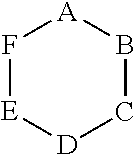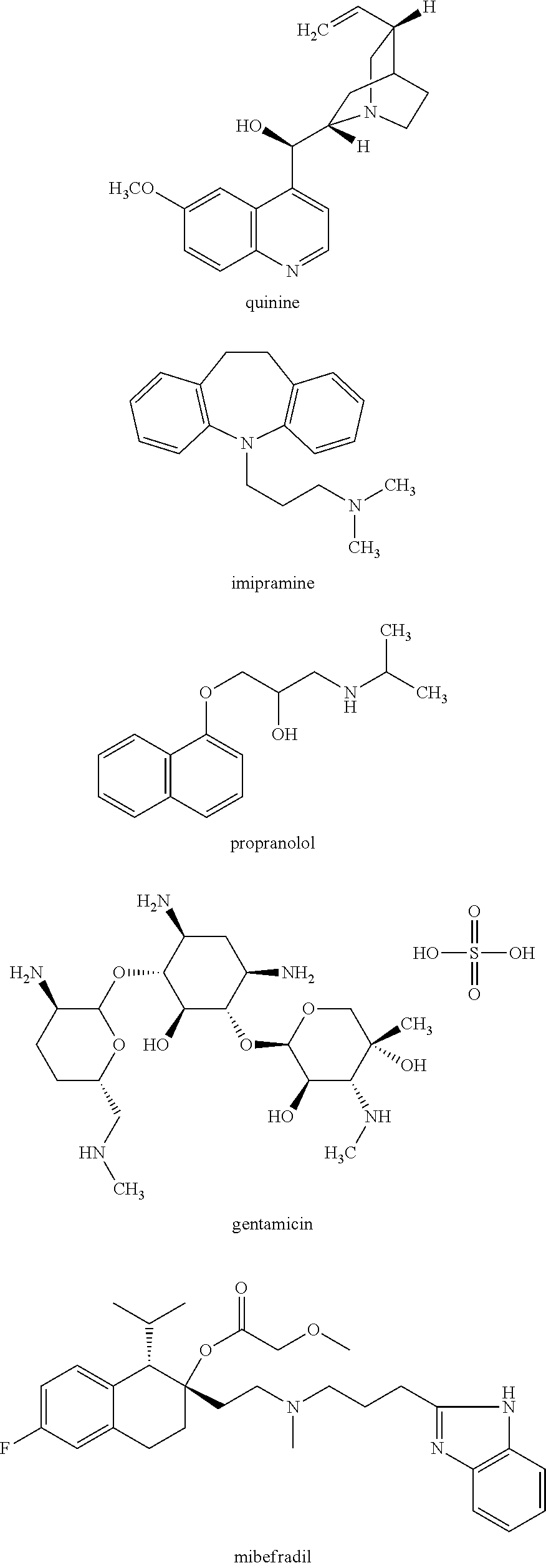Methods for Preventing Pressure-Induced Apoptotic Neural-Cell Death
a neural-cell death and apoptosis technology, applied in gene therapy, antibody ingredients, organic active ingredients, etc., can solve the problems of loss of motor functions, mental impairment, and death of neuronal tissue or nerve cells
- Summary
- Abstract
- Description
- Claims
- Application Information
AI Technical Summary
Benefits of technology
Problems solved by technology
Method used
Image
Examples
example 1
[0090]Pressure-induced Primary Retinal Ganglion Cell (RGC) apoptosis is believed by the applicant to be mediated by stretch activated channels. Recently a stretch activated receptor has been identified in animal and human RGCs and their amino acid sequence determined. TRAAK is a mechanogated K+ channel, opened by membrane stretch and activated by arachidonic acid. The present inventor has confirmed the presence of TRAAK in the RGC-5 line and shown arachidonic acid induction of apoptosis. A second channel of relevance is TREK-1.
[0091]The RGC-5 cell line is a vector transformed neuronal line derived from primary rat RGC cultures. Developed by Prof N. Agarwal at the University of North Texas, Fort Worth, it has been characterized by morphology, cell markers and PCR analysis.
[0092]The pressure chamber based in-vitro system used in this experiment is as previously described by Agar A, Yip S S, Hill M A, Coroneo M T. “Pressure related apoptosis in neuronal cell lines”J Neurosci Res. 2000;...
example 2
Glaucoma Model in the Rat
[0101]There are a number of experimental animal models for human glaucoma including a recently established rat model in which chronic ocular hypertension is induced (WoldeMussie E, Ruiz G, Wijono M, Wheeler L A. Neuroprotective effect of Brimonidine in chronic ocular hypertensive rats. IOVS 2000; 41:S830). In this model intraocular pressures are elevated by laser photocoagulation of episcleral and limbal vessels (retarding the egress of aqueous humour from the eye), the levels of pressure being up to 2 fold in 2 to 3 weeks. This elevated pressure results in retinal ganglion cell death as occurs in glaucoma and 33±2.9% of retinal ganglion cells are lost in this model.
[0102]This model is used in tests. In a groups of experimental animals intraocular pressure is elevated and these animals are treated with systemic amiloride (20 mg / kg IP), gentamicin (10 mg / kg IP) or gadolinium (70 mg / kg IP).
[0103]Reduction in pressure-induced retinal ganglion cell loss compared...
example 3
Human Studies
[0104]In humans, acute glaucoma is a condition in which there is a sudden rise of eye pressure, usually brought about by closure of the drainage angle of the eye (iris blocks the angle). Damage to the retinal ganglion cells and iris precedes damage to most other tissues in the eye. Despite treatment to lower eye pressure, significant and often severe retinal ganglion cell damage occurs.
[0105]Controlled studies are carried out using blockers of stretch-activated channels to reduce the severity of retinal ganglion cell damage in patients with acute glaucoma. All patients who are subject to conventional treatment to lower intraocular pressure as soon as diagnosis is made. They are then randomized to control and experimental groups. The experimental group is treated with systemic sipatrigine (10-200 mg / kg), or local sipatrigine or local chlorpromazine (by eyedrop), both potent inhibitors of TREK-1 and TRAAK channels that have been previously been safely used in the treatmen...
PUM
| Property | Measurement | Unit |
|---|---|---|
| concentration | aaaaa | aaaaa |
| pressure | aaaaa | aaaaa |
| equilibrium dissociation constant | aaaaa | aaaaa |
Abstract
Description
Claims
Application Information
 Login to View More
Login to View More - R&D
- Intellectual Property
- Life Sciences
- Materials
- Tech Scout
- Unparalleled Data Quality
- Higher Quality Content
- 60% Fewer Hallucinations
Browse by: Latest US Patents, China's latest patents, Technical Efficacy Thesaurus, Application Domain, Technology Topic, Popular Technical Reports.
© 2025 PatSnap. All rights reserved.Legal|Privacy policy|Modern Slavery Act Transparency Statement|Sitemap|About US| Contact US: help@patsnap.com



